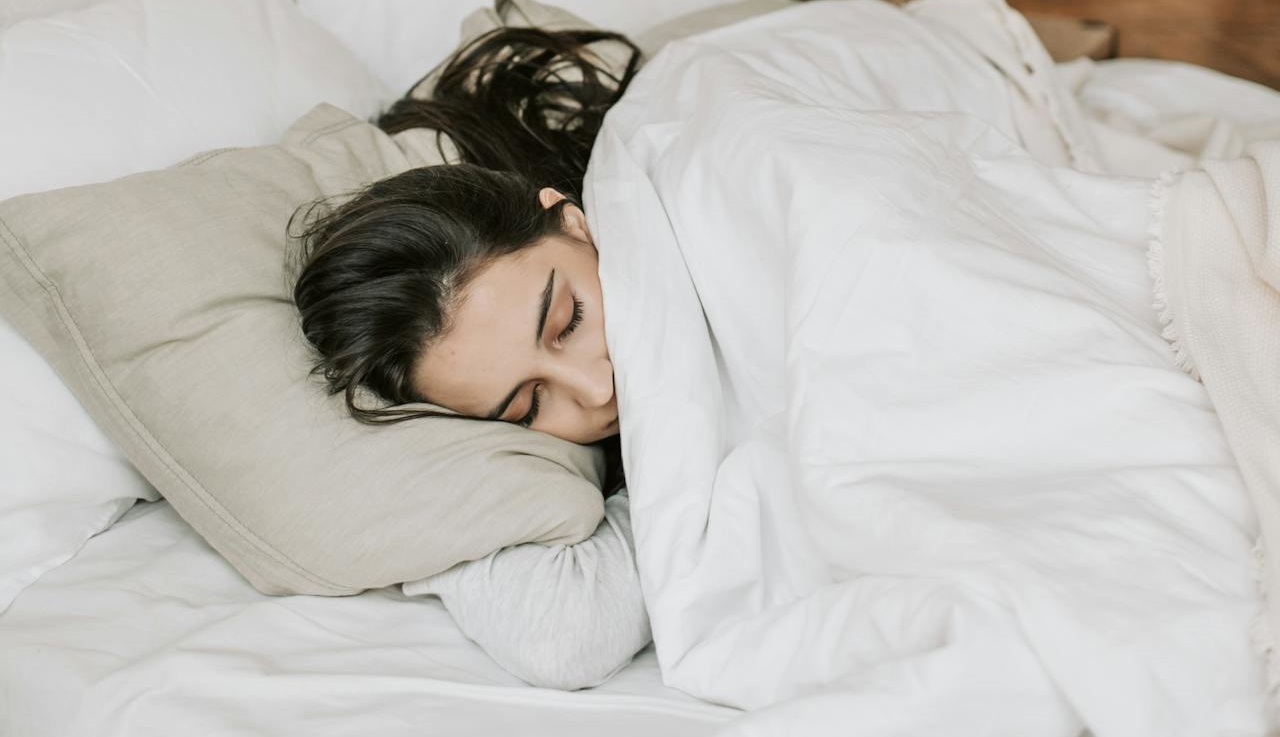Table of Contents
There is more to selecting the ideal bed sheets than aesthetics. Although an attractively made bed is appreciated by all, selecting the proper linens can determine whether one has a restful night’s slumber or finds themselves waking up on the incorrect side of the bed. How do you determine which linens best suit your slumber requirements? Let’s discuss how to match your bed sheets with your sleeping needs.
Consider Your Sleeping Needs
To begin with, what type of slumber do you identify as? Do you slumber hot, chilly, or in a toss-and-turn motion? These are crucial issues. It is crucial to consider allergies.If you’re the kind of person who gets chilly easily when sleeping, a flannelette fitted sheet is a great choice since it adds additional warmth and comfort. Hypoallergenic linens made of organic cotton or bamboo may be just what a doctor ordered for those who suffer from chronic skin conditions or frequent episodes of severe sneezing. Additionally, if you have trouble sleeping, you’ll want linens that are fit and smooth, not prone to slippage and sliding.
Decide the Right Sheet Size
Size does indeed matter, people. Ever attempted to fit a mattress with a sheet that was too small? It’s not attractive and it’s a losing battle. Before you visit stores or begin perusing websites, be certain of the dimensions of your mattress. Are you managing a king-size, queen, or twin-sized item? Additionally, remember the mattress’s profundity. Do you have a dense memory foam mattress or a pillowtop? Deep-pocket linens are required to accommodate everything precisely.
Fiber and Material
With its crisp, chilly texture, Linen is ideal for the summer, and it becomes gentler with each laundering. When seeking an environmentally friendly and hypoallergenic option, bamboo linens emerge as an exceptional selection. They are inherently resistant to mold and dust pests and are exceptionally delicate. Additionally, microfiber is inexpensive, resistant to wrinkles, and surprisingly supple.
Thread Count
Although everyone has heard of thread count, what exactly does it mean? It represents the quantity of fibres that comprise a square inch of fabric. Although higher thread counts typically indicate softer linens, sky-high numbers should not deceive. Between 300 and 500 is the optimal range for the majority of cotton linens. Any further than that may be a marketing ploy or indicate threads that are finer and more susceptible to breakage.
Weave
The weave of your linens has the power to alter every aspect. The uniform weave of percale imparts a fresh, chilly sensation to the linens. It is ideal if you enjoy the sensation of a bed that is made just that nightly. In contrast, Sateen possesses a satin texture that imparts a refined and seamless sheen to the fabric. Enhanced in lustre and milder, it is ideal for the winter months or for those who appreciate a touch of opulence.
Additionally, jersey weave resembles the texture of your favourite T-shirt. It is cosy, flexible, and soft, making it ideal for a casual, relaxed mood. Eco-friendly alternatives include hemp and organic cotton, which, despite their initial roughness, develop into incredibly delicate fabrics as time passes.
Your Budget
Then comes the budget. Despite the abundance of opulent alternatives available, achieving a restful night’s slumber does not have to be prohibitively expensive. Establish a budget prior to beginning your purchasing trip. It is not always the case that the most expensive linens are the most comfortable. Prioritise material, thread count, weave, and individual resting requirements.
Check for sales, microfiber or cotton-polyester blends, and budget-friendly brands such as Threshold by Target or the linen collection by IKEA. They provide acceptable quality at a significantly reduced price compared to luxury brands.
Also Read: Quality Sleep, Happy Jaws: Mumbai’s Best Sleep Apnea Doctor and TMJ Specialist
Bottom Line
You now have the knowledge necessary to select the ideal linens. Collectively, let us bring everything together. Consider your individual sleeping requirements, such as temperature, sensitivities, and restlessness. To ensure a proper fit, you must measure your mattress. Explore the realm of fibres and materials in search of the optimal texture and resilience. Not overly concerned with thread count; prioritise quality. Select a weave that fits your personal comfort and aesthetic preferences. Additionally, remember to consider sustainable and environmentally favourable options. Finally, establish and adhere to a budget that works for you.




